You may have seen a show at Springfield Little Theatre, but have you ever wondered what happens behind the scenes?
PRESENTED BY
SLT has a stacked season. Here’s a glimpse at what it takes to put one of these shows together.
Aug 2025
You may have seen a show at Springfield Little Theatre, but have you ever wondered what happens behind the scenes?
PRESENTED BY
“What many people don’t realize is just how many moving parts there are—and how many people are involved—long before an audience ever steps into the theatre,” says Alex Scranton, Director of Operations and Communications at Springfield Little Theatre.
Behind every performance is a team of creatives and technicians working in sync to bring the production to life. “The process starts months in advance with licensing and creative planning, followed by scenic and costume design, rehearsals and technical coordination,” Scranton says. “There’s an incredible team of staff and volunteers making sure every light cue, costume change, set piece and sound effect works seamlessly. By the time you see it on stage, hundreds of hours have been poured into every single moment.”
Here’s the inside scoop on what happens in the making of a Springfield Little Theatre production.
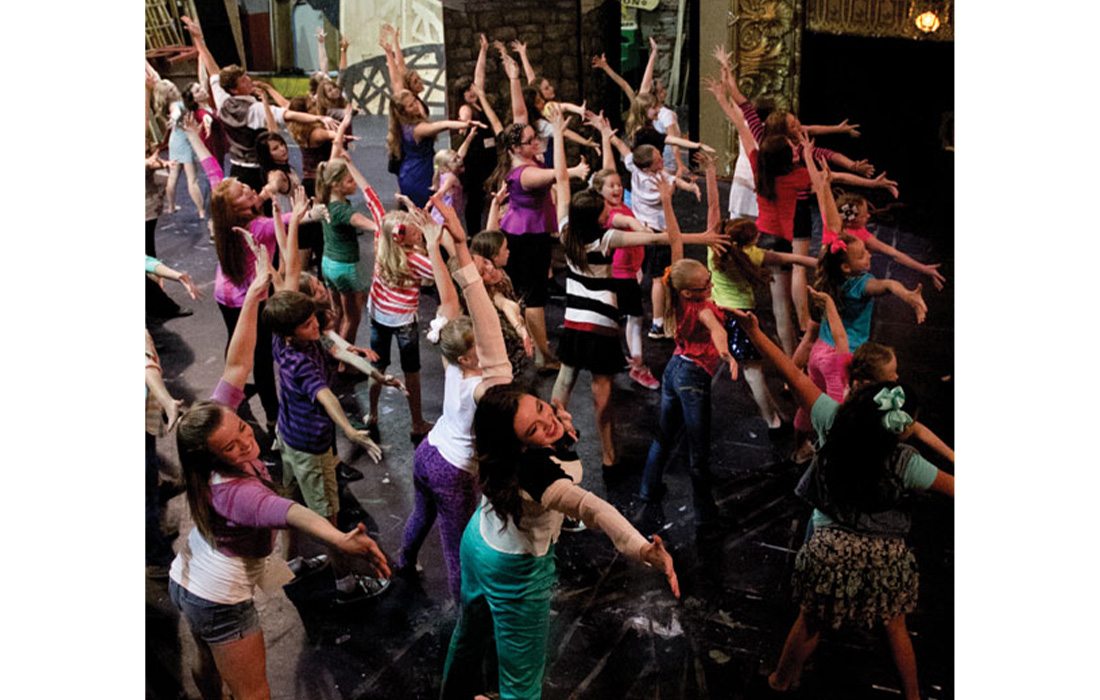
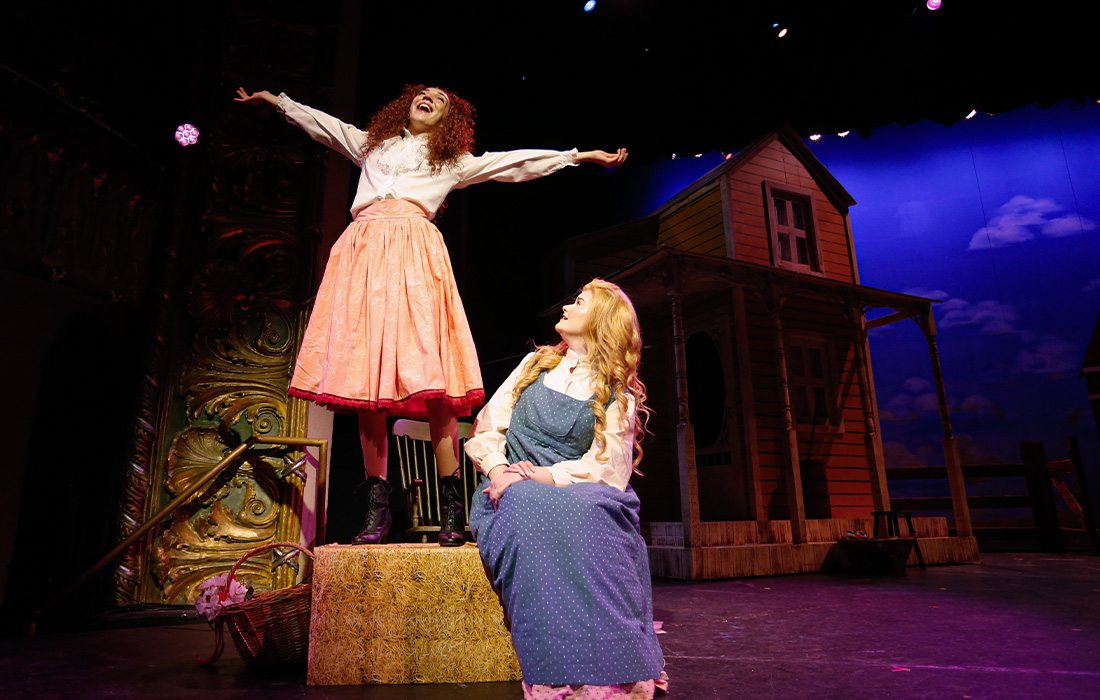
Director and Choreographer Josh Inmon has always loved the arts. Like most theatre kids, he started out performing but quickly felt drawn to how all the pieces of a production come together.
His first job on a creative team was as a choreographer, so that's where he tends to begin in large shows, such as Springfield Little Theatre’s upcoming production of Annie. “I get most of my ideas and vision for the show by listening to the music,” Inmon says. “Every director has a different approach, which is what makes it so exciting. Once I start to map out the show, I figure out how we want to balance the storytelling with the spectacle of these larger shows.”
Bringing a Springfield Little Theatre show to life is a collaborative process, and almost everyone involved is a volunteer. “I’m a big believer that the best idea wins, whether it comes from an actor, designer, stage manager or anyone else in the room,” Inmon says. “For example, an actor might discover a small gesture that completely changes the meaning of a scene, or a designer’s idea can inspire new staging choices. When you create a collaborative rehearsal environment, everyone feels pride and ownership in the production, and that sense of shared investment not only strengthens the final product but makes it more meaningful for everyone involved.”
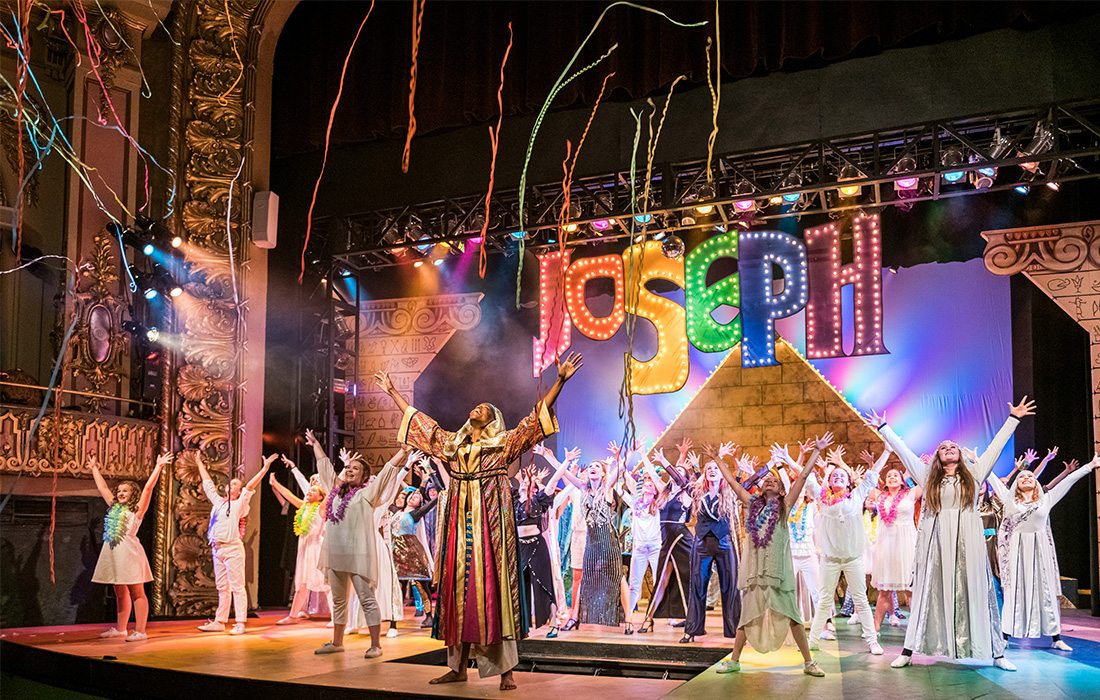
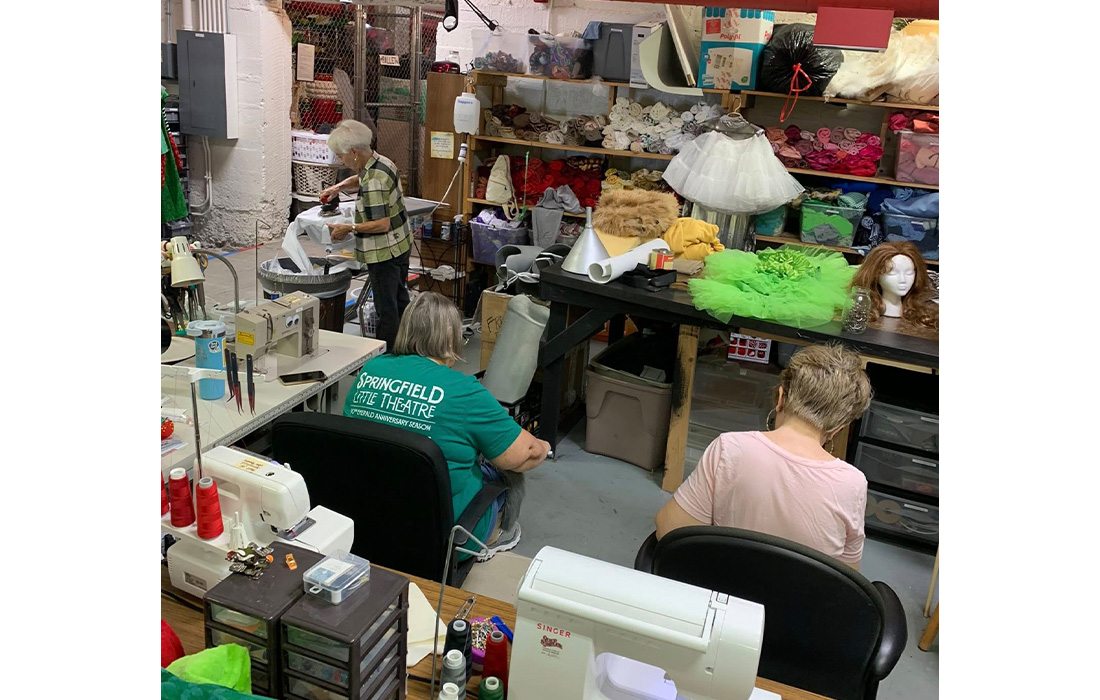
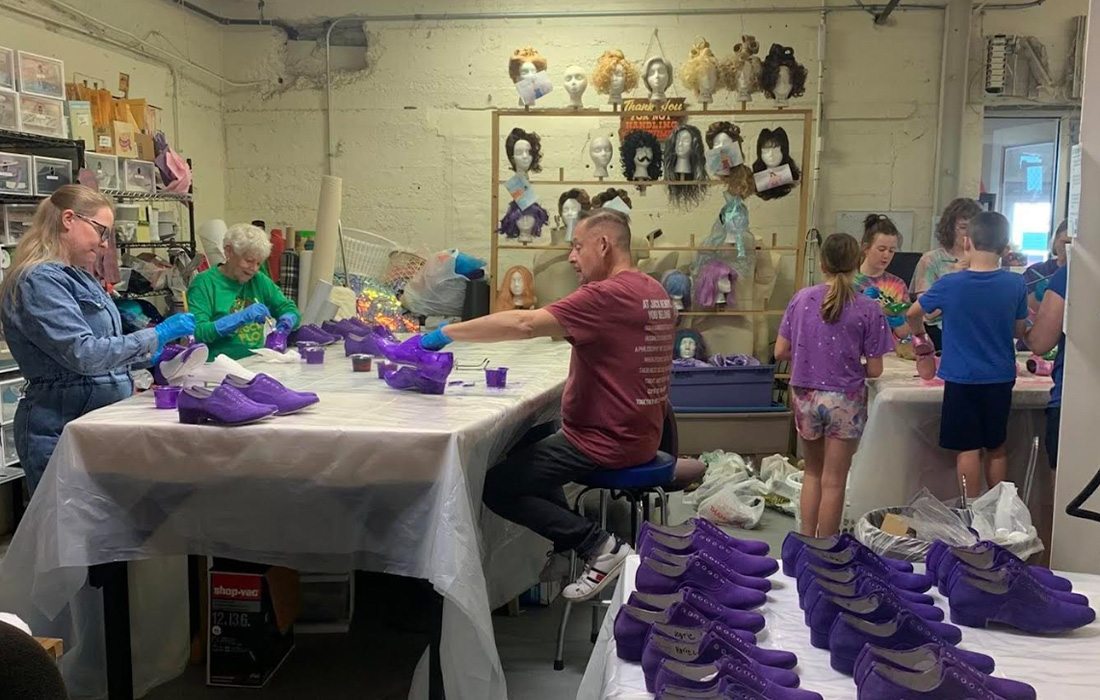
With each Springfield Little Theatre season comes seven mainstage shows. Usually, about three shows overlap somewhere along the process from rehearsal to the final performance. For most shows, the costume team is building anywhere between 10 and 100 costumes. “Most of our shows come to life because of our amazing community and the people that come in and volunteer with the costume shop,” says Costume Lead Bonnie Johnson.
Rehearsals and patience are key when it comes to quick, chaotic costume changes. Some take 30 minutes, others just 30 seconds. In the week leading up to opening night, actors and crew enter what’s known as tech week, when technical elements and live performance run together. This time is critical for fine-tuning transitions, especially costume changes, so actors and the wardrobe team can plan and rehearse every swap. Weeks before Tech Week, actors attend multiple costume fittings, where they and the designer walk through what pieces are worn in each act and scene. These fittings give everyone a clear picture of how many changes are required and when, helping to keep things smooth once the curtain goes up.
Before the first line is spoken, the stage begins telling the story, setting the foundation for everything that follows. “The design process always begins with the story,” says Scenic Designer Corbin Chaffin. Scenic and technical design is a highly collaborative process. Once an initial concept is in place, the technical director works closely with the lighting, sound, costume and props teams to ensure all visual and technical elements complement one another.
One of the most exciting new additions this season is the introduction of a state-of-the-art LED wall, providing dynamic, high-definition backdrops that instantly transform scenes. It doesn’t replace traditional sets but expands what’s possible, adding flexibility and visual impact to storytelling.
“Technical theatre is the perfect mix of artistry and problem-solving,” Chaffin says. “Each production brings unique challenges—engineering moving set pieces, replicating historical locations, or creating stage magic in real time. The ultimate goal is for the audience to feel completely transported into the world of the play, without ever thinking about the intricate systems and teamwork making it all happen behind the scenes.”
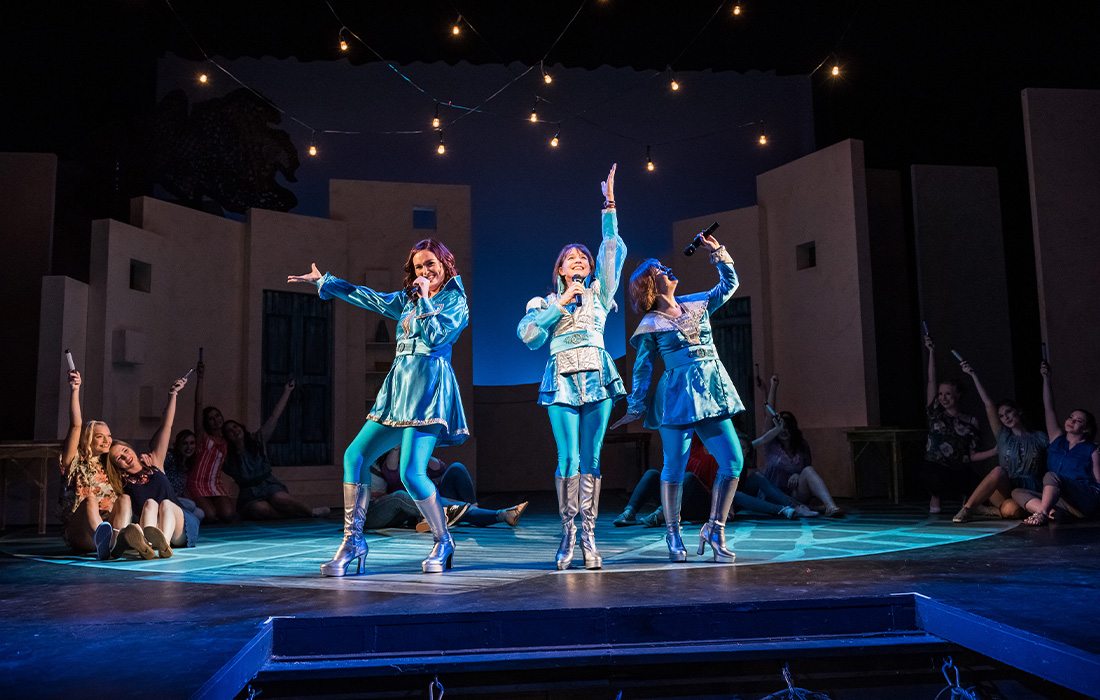
The team at Springfield Little Theatre has an exciting 91st Season planned at The Landers Theatre, which is packed with iconic titles, incredible variety and a little something for everyone. Here’s the lineup:
Annie
September 12–28
Noises Off
October 17–26
Disney’s Frozen
November 21–December 7
Come From Away
January 30–February 15, 2026
Sweeney Todd
March 13–29, 2026
Seussical the Musical
April 24–May 10, 2026
Anything Goes
June 12–28, 2026
“Springfield Little Theatre has been a part of this community for more than 90 years, and we truly believe there’s a place here for everyone—whether that’s performing on stage, helping backstage, taking a class, or sitting in the audience,” Scranton says. “This season is the perfect time to discover, or rediscover, the magic of live theatre. We encourage readers to see a show and bring someone along who’s never been to SLT. You never know—you might be introducing them to their new favorite place in Springfield.”
To learn more about each show and buy tickets, visit springfieldlittletheatre.my.salesforce-sites.com/ticket.